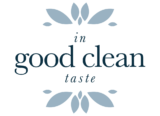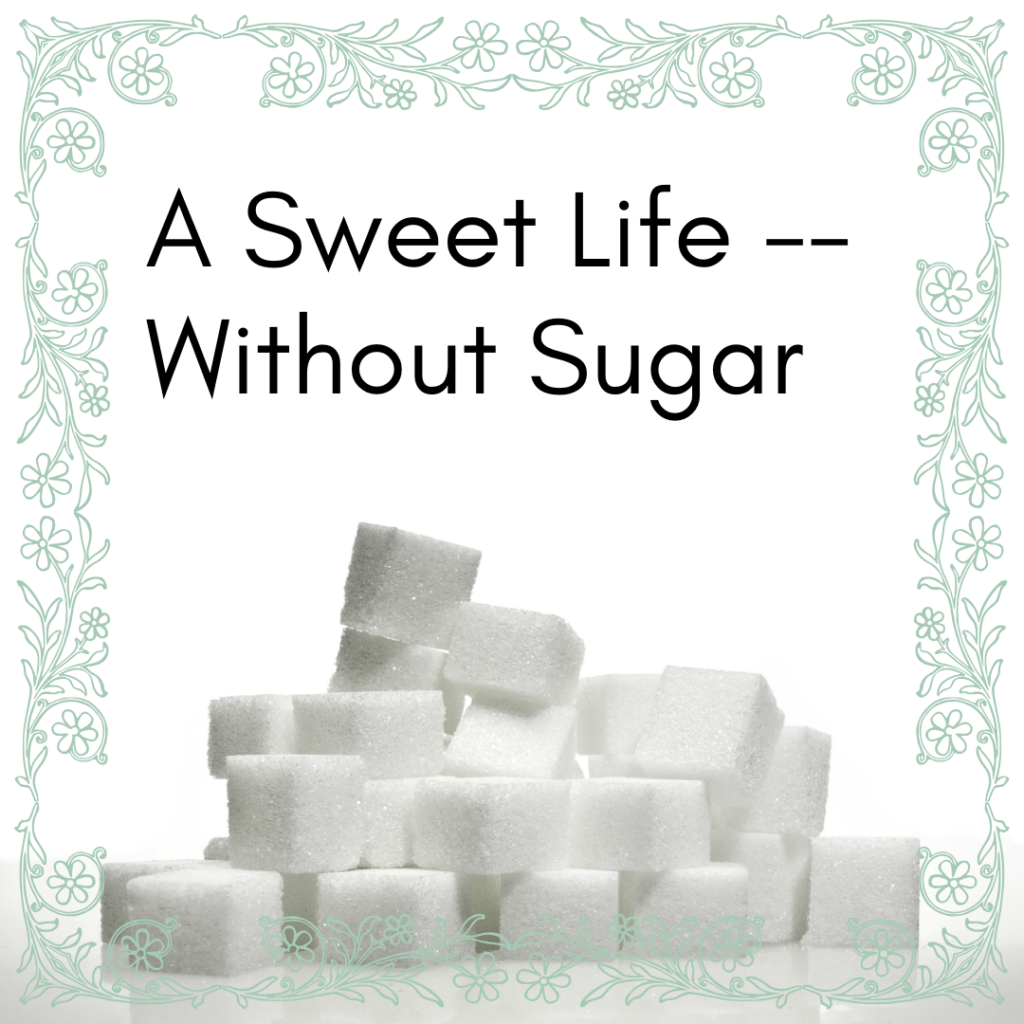In a recent post, I detailed my transition to gluten-free eating but, because the topic about which I was writing was less about my journey and more about eating real food, I didn’t delve too much into the rest of my story. Today, however, I am going to get down-and-dirty with my clean-eating transition to a refined sugar-free existence. So let’s get started…
Once I made the decision to go gluten-free, it took a while for me to feel confident that I could still eat “normal” food. Because Pinterest wasn’t a “thing,” yet (this was 2013, people) and gluten-free wasn’t trendy like it is today, I pretty much had to experiment and make a lot of mistakes before I found recipes and tricks that worked for me. In the end, I would say it was a good 3 years before things started to fall into place and I could bake for family and friends again knowing that it would be healthy and tasty! Going sugar-free, however, was another story.
Because going gluten-free stopped my migraines, I thought I was “fixed” and had no more problems to solve. WRONG! Come to find out, my expedition into the realm of clean-eating was just beginning. As I meandered through life migraine-free, I started to notice other problems I had previously ignored (or that just seemed less pressing than the complete-system-shutdown a migraine causes). Things like foggy-headedness (not good for an accountant who needs to be very detail-oriented), sluggishness in the afternoons, headaches, and general aches and pains were daily occurrences. I couldn’t be getting old already, could I??
So, I did what any normal American would do: I compensated with caffeine and more sugar (and a fair amount of Advil). Triple-shot latte with extra pumps, anyone?
As you can see, I was not so bright. At the time, I was in a high-paced, high-stress corporate job where I lived for 60+ hours per week. I kept the candy stocks replenished for the staff (and me), in case we didn’t have time for lunch or just needed an afternoon snack. I had black tea every afternoon to perk me up enough to get through the rest of the day and/or to offset all the sugar I had eaten. No wonder my body was confused – I was propping it up with caffeine while simultaneously crashing from my sugar high!
Meanwhile, I was spending my weekends baking (without gluten) and, eventually, without dairy and starting to notice more and more chefs using alternative sweeteners. First, it was Stevia, then it was coconut sugar, maple syrup, and honey and, more recently, monk fruit. As the science started to catch up, people started to realize that, despite the last 20 years of nutrition advice being about eating low-fat, it was actually sugar that was to blame. I specifically remember a documentary called “The Sugar Film” in which the host used his own body to “document the effects of a high-sugar diet on a healthy body.” It was eye-opening, to say the least. When I saw the effects of this self-imposed binge on his health, I knew I was doing the same things to myself on a smaller scale. I realized at this point that I needed to reduce, if not eliminate, my sugar intake. But it wasn’t going to be easy…
The Sugar Problem
The problem with sugar, you see, is that it’s addictive. We are hard-wired to crave it and, with today’s easy access to it and its pervasiveness in seemingly un-sugary things (think bread, crackers, sauces and condiments), we end up getting WAY more of it than our body knows what to do with it. But we still want it. A lot! We get used to the “high” and offset the “low” with other things – often caffeine. So, when I tried to STOP eating sugar, I was dealing with two problems: the craving and the fact that it’s EVERYWHERE. This is where I started reading food labels. Have you done this? It’s excruciating to see what is in the stuff that we just eat – as if it’s normal food! I can’t even pronounce half of these ingredients and I certainly wouldn’t be cooking or baking with them in my home kitchen. But I digress – sugar (or some form of it) is in everything that comes in a box, bag, bottle or jar. If it isn’t a fruit or vegetable, it has added sugar in it. So, I had to get creative.
Sugar Detox Phase 1
First things first: get rid of the obvious. No more candy, no more store-bought cookies (even gluten-free ones), ice creams, granola/protein bars, cake mixes, “juice” drinks, and DEFINITELY no sugary coffee drinks (okay, those weren’t in the house but they had to come out of my life)! Everything that looked suspect came out of the pantry, never to return! Now, I’m not saying I make everything from scratch (I have a full-time job and a family here, y’all). I’ve been doing this long enough now, though, that I have developed a list of my favorite refined sugar-free items, which I share in my programs. But believe me when I tell you that this took a lot of trial and error!
Sugar Detox Phase 2
Baking swaps. As someone who loves to have a muffin, scone, waffle, or coffee cake for breakfast, finding a reasonable substitute for refined sugar (around which almost all recipes are based) was not easy. The first idea I had was to replace it with a natural sugar like maple syrup or honey but adding more liquid to a recipe messes with the chemistry and ends up creating a disaster (#trust!). The next idea was coconut sugar, which can work to a certain extent. It is more like brown sugar than white, though, so you have to use less of it to prevent your baked goods from turning brown and it doesn’t work in everything. This, too, was a learning process (one I feel I have now mastered!) and I cannot deny there may have been a few tears spilled over some failed baked goods ☹️.
Sugar Detox Phase 3
30-day Cleanse. Around this time, I finally gave in to a friend who wanted me to do a 30-day cleanse. This one happened to be Arbonne (not a “plug,” just a fact) and it had some good qualities that I had found lacking in other “clean up your eating act” programs: 1) it had a lot of nutritional products that went along with it that help heal the gut 2) there was a TON of literature that came with the program to tell you what you COULD eat vs. only telling you what you couldn’t and 3) they had a vegan version. This last part was really big for me because all of the previous cleanses/diets I had done gave a list of chicken/beef/pork-laden dishes that weren’t going to work for me, which meant I was creating my own diet anyway and were, therefore, missing the point. The reason a cleanse is good is because it helps you get used to NOT having sugar. When you go back to your regular routine once the cleanse is over, you find that you actually don’t want your foods to be as sweet – natural sugar or not. Essentially, it “cures” you from your sugar addiction by giving your body a reset.
The Bottom Line
The bottom line is that sugar can be a powerful force in our lives if we let it: it can make us grumpy if we don’t have it and lethargic if we do. It can create serious cravings and wreak havoc on our body’s ability to regulate itself. In short: SUGAR IS THE ENEMY! Taking it out of your diet will give you more energy, fewer cravings, and less “hangry” time. If you haven’t tried going without it for a while, you will be surprised at what a difference it can make in your overall health and feelings of vitality. Be gentle with yourself, though: getting oneself off the sugar can take time. Chances are, you’ve been eating a lot of it for most of your life so don’t get down on yourself if it takes a few months (or longer) to get your body -and your mind – used to a sugar-free existence. Every day that you make a sugar-free day is an accomplishment. And, if you need help, get a friend, a coach, or an accountability partner to help keep you on track and cheer you on. Here’s to a sweeter, sugar-free life!
In Good Clean Taste,
Claudine

